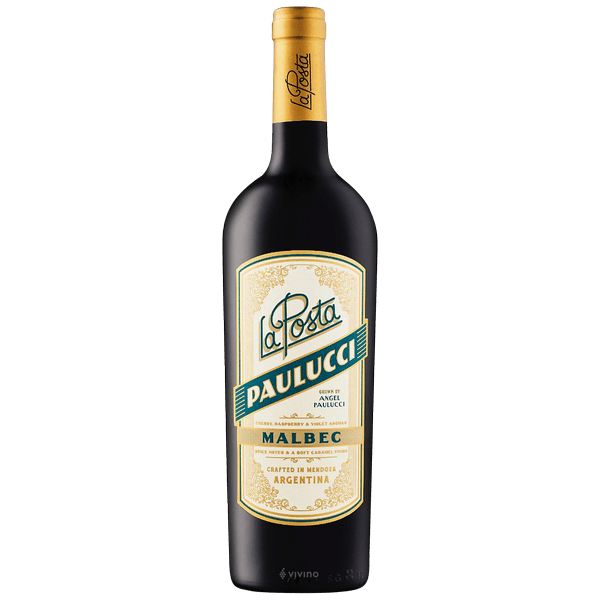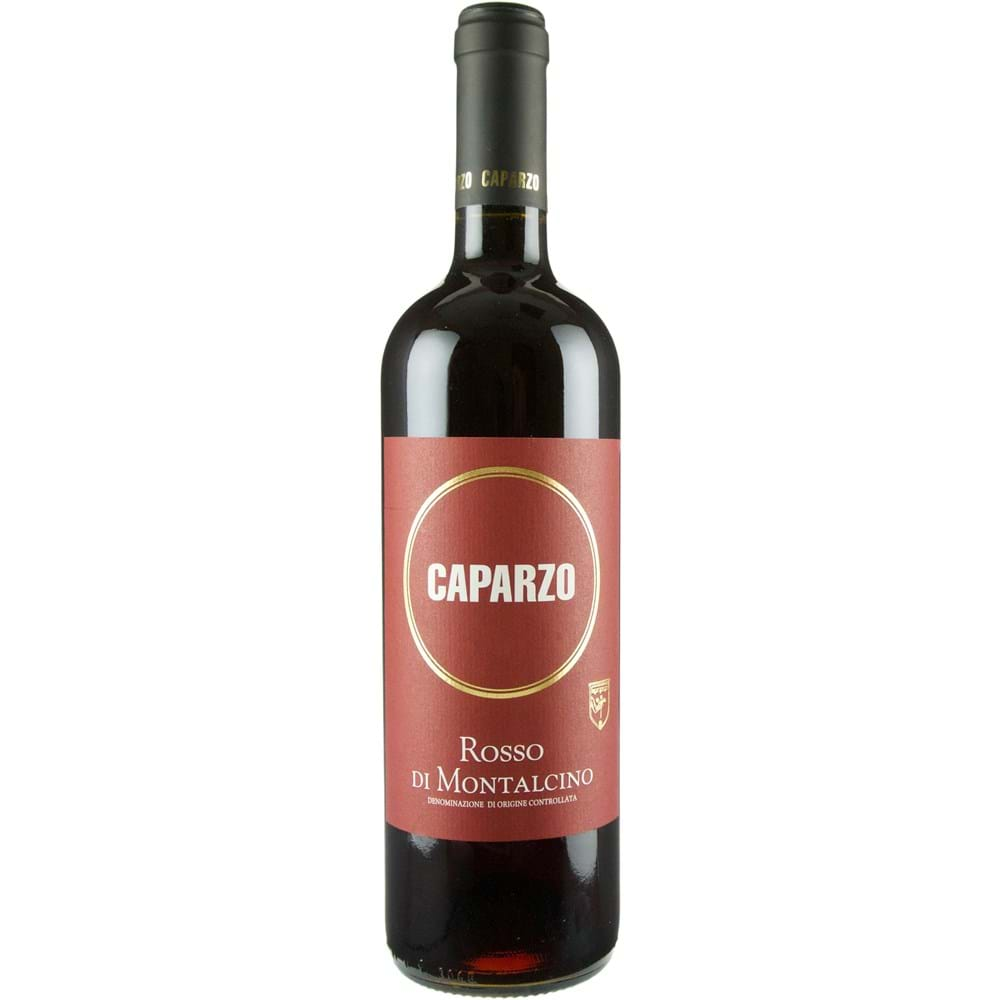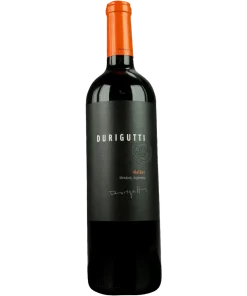2017 La Posta Malbec Paulucci Mendoza
2017 La Posta Malbec Paulucci Mendoza Aromas of red cherries, raspberries, and violets along with notes of toasty oak. On the palate, fresh berries with spice and a hint of soft caramel on the finish of this 2017. It goes great with everything from meats, to pasta, to mild cheeses. Unique recipe ideas include: Lamb burger with Manchego and Smoked Paprika, or Caramelized Onion and Butternut Squash Tart.
Malbec
Malbec is a black-skinned grape variety native to South West France (specifically the area around Cahors), but now better known as the iconic wine grape of Argentina. Through its success in the vineyards of Mendoza, in a few short decades Malbec has shot from relative obscurity to international fame, simultaneously bringing newfound attention and respect to Argentina as a wine-producing nation.
Malbec typically ripens midway through the growing season and produces small, intensely colored grapes. As it is so sensitive to its growing environment, the level of ripeness has a considerable effect on the structure of the eventual wine.
Broadly speaking, French Malbec tends to be more meaty, rustic and tannic, while examples from Argentina seem to be uniformly rich, ripe, jammy and juicy. On both sides of the Atlantic, Malbec wines are generally aged in oak to enhance the wine’s structure and aging potential.
In France, Malbec is the flagship grape of Cahors. It must constitute a minimum of 70 percent of any AOC Cahors wine, accompanied by rich, round Merlot and rustic, tannic Tannat.
It is also a common ingredient in red wines from Bordeaux, as a constituent of the classic Bordeaux Blend. In both of these regions the variety has traditionally gone by its local name – Côt – but, due to the success of Malbec in Argentina, it is increasingly known by this more internationally recognized name. In the Loire Valley, Malbec is blended with Cabernet Franc and Gamay, sometimes as part of a sparkling Saumur wine.
The 20th Century presented some significant setbacks for Malbec as a vine variety. Its importance in Bordeaux was significantly reduced after the great frost of 1956, which killed off many of the region’s oldest vines.
In the years following this, most vignerons chose to replant their vineyards not with Malbec, but with more reliable, economically viable varieties such as Merlot.
Related products
Wines!
Argentina
Save 37% $24.99 95pts Suckling; 92pts Parker.
2019 Rosa del Golfo Primitivo is a red wine from Salento characterized by warmth, smoothness, balance and elegance, born from a short aging in oak barrels. A spicy and Mediterranean bouquet of black fruits, red flowers, wild herbs, pepper and sweet spices animate a velvety, warm, full-bodied, elegant and persistent taste. With a silky and [...]
2019 Jean-Claude Bachelet Saint-Aubin 1er Cru Derriere La Tour Rouge 2019 Jean-Claude Bachelet Saint-Aubin 1er Cru Derriere La Tour Rouge Shedding a touch of youthful reduction to reveal aromas of plums, warm spices, rose petals and forest floor, the 2019 Saint-Aubin 1er Cru Derrière La Tour is medium to full-bodied, concentrated and lively, its deep [...]





